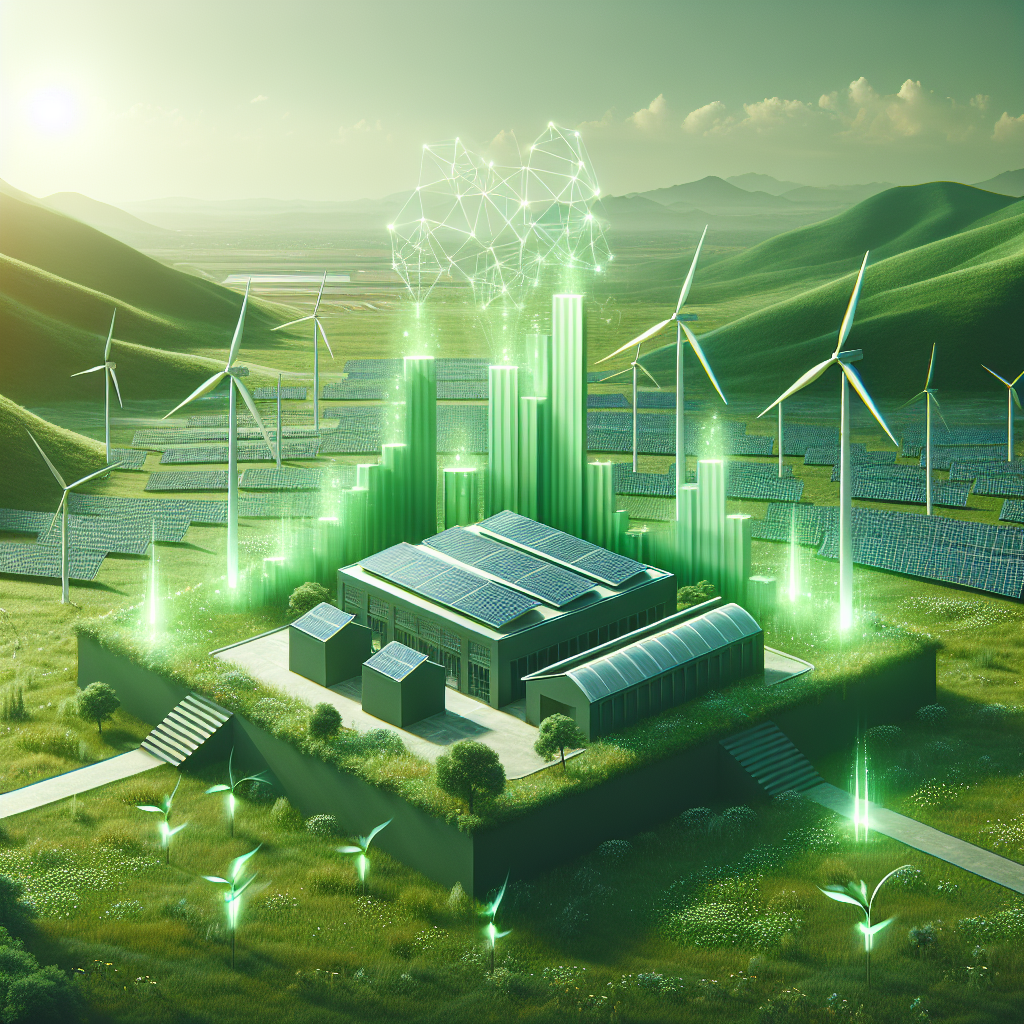Your cart is currently empty!
The Green Revolution: How Data Centers Are Leading the Charge for Sustainability

The global push for sustainability and environmental consciousness has never been stronger, with individuals, businesses, and governments all looking for ways to reduce their carbon footprint and lessen their impact on the planet. One industry that has been at the forefront of this movement is the data center industry, which has been making significant strides in reducing its energy consumption and implementing green practices.
Data centers are the backbone of the digital world, housing the servers and infrastructure that power the internet and store vast amounts of data. With the increasing demand for online services and the proliferation of cloud computing, data centers have seen exponential growth in recent years, leading to concerns about their environmental impact. Data centers are known for their high energy consumption, with servers running 24/7 and requiring massive amounts of electricity to keep them cool and operational.
In response to these concerns, many data center operators have been implementing sustainable practices to reduce their environmental impact and increase energy efficiency. This movement, known as the Green Revolution in the data center industry, is focused on reducing carbon emissions, using renewable energy sources, and implementing energy-efficient technologies.
One of the key strategies in the Green Revolution is the use of renewable energy sources such as solar, wind, and hydroelectric power. Many data centers are now powered by renewable energy, with some even producing more energy than they consume and feeding the excess back into the grid. By reducing their reliance on fossil fuels, data centers are not only reducing their carbon footprint but also helping to drive the transition towards a clean energy future.
In addition to using renewable energy, data centers are also implementing energy-efficient technologies to reduce their overall energy consumption. This includes using energy-efficient servers, cooling systems, and lighting, as well as implementing advanced cooling techniques such as free cooling and liquid cooling. By optimizing their energy usage, data centers are able to reduce their environmental impact while also saving on operational costs.
Furthermore, data centers are also focusing on sustainability in their design and construction practices. Many data centers are now being built with green building certifications in mind, using sustainable materials, energy-efficient designs, and water-saving technologies. By investing in green infrastructure, data center operators are able to reduce their environmental impact from the ground up.
Overall, the Green Revolution in the data center industry is a testament to the power of innovation and collaboration in driving sustainability forward. By implementing renewable energy sources, energy-efficient technologies, and sustainable design practices, data centers are leading the charge for sustainability and setting an example for other industries to follow. As the demand for online services continues to grow, it is essential that data centers continue to prioritize sustainability and work towards a greener future for all.

Leave a Reply